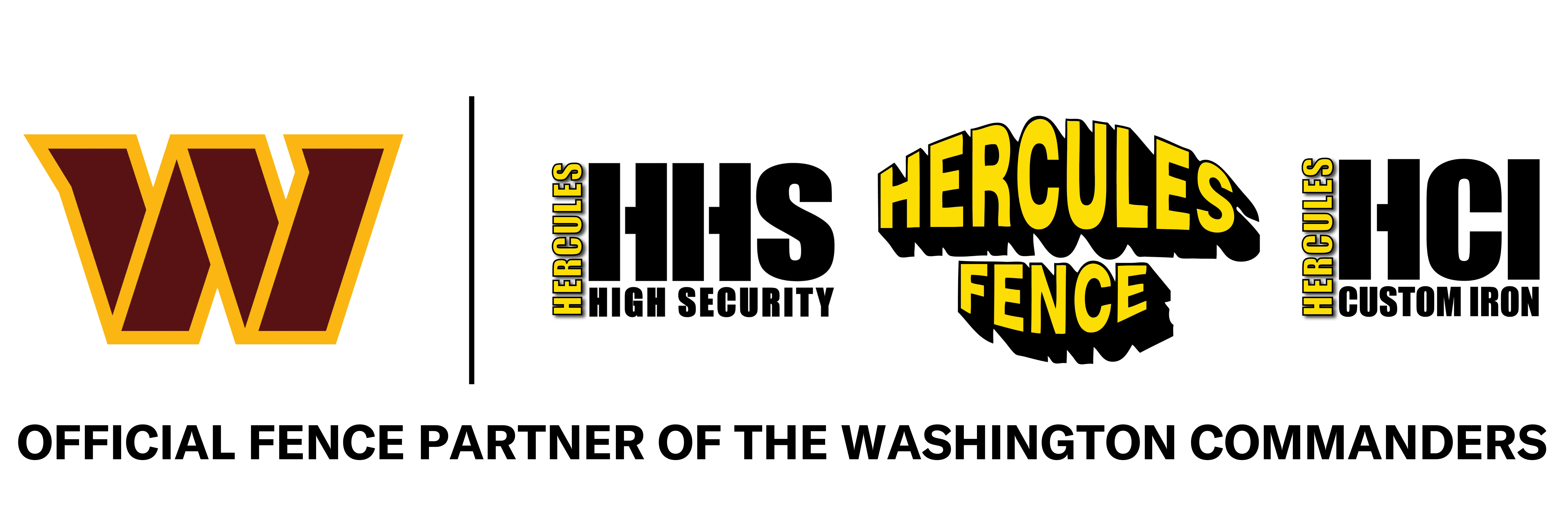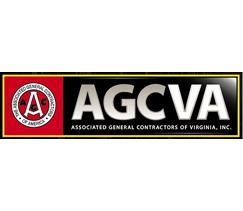With Father’s Day right around the corner, many children (and some mothers) are scrambling to find the perfect gift. But what does your dad want? The truth is that most fathers want nothing more than to sit back and relax this Father’s Day. So instead of giving your dad an elaborate (and probably expensive) gift, give him something he will really enjoy – a nice relaxing backyard barbeque. Because let’s be honest, the one thing most dads like more than relaxing is food.
Posts Tagged ‘fences’
-
How To Protect Your Wooden Fence Posts From Rotting
Your new wooden fence looks great now, but if you do not properly maintain it, it will not last very long. Sun, wind and especially water can wreak havoc on your fence. But a little preventative maintenance can go a long way to extend the life of your wooden fence.
-
How to Stain Your Wooden Fence
Nothing looks quite as nice as a wooden fence surrounding your yard. A wooden fence adds a certain element of elegance and aesthetic appeal that other fences simply cannot compete with. But whether you have an old fence that needs a little touch up, or you have just had a new fence installed, all wooden fences need to be annually stained. This will not only keep your fence looking its best, but it will also protect your fence from the harsh outdoor weather (rain, sun, snow, wind, etc.).
-
Which wrought fencing is best?
We’ve recently talked about wrought iron fencing and alternative materials that achieve the same look. Now for a look at which is best, we turn to this article.
Wrought iron may be classic, but there are a couple reasons why we recommend ornamental aluminum and steel instead. Iron can rust, and thus requires maintenance. Aluminum won’t rust and the treatment for steel prevents it from rusting. The other main consideration is price, because iron is much more expensive than the other two.
If you want to learn more, contact us. We explain your options to you and help design and install the right design for you.
-
The ornamental steel option
Probably the most popular alternative to wrought iron fencing is ornamental steel. It has all the strength and security you expect from steel but can be made to look just like a stylish wrought iron fence. The secret to its success is an electrostatically applied powder coating that protects the metal to keep it from rusting.
Many different styles of ornamental steel are available, and it comes in the colors of black, white, bronze, and dark green. The coating mentioned earlier allows the fencing to come with a 12-to-15-year-extended warranty. It’s truly the best option when it comes to achieving the look of wrought iron.
Contact us to learn more about ornamental steel. It’s the best wrought alternative you’ll find, and we’re experts at installing it.
-
Ornamental aluminum fencing options
Another alternative to achieving the look of a wrought iron fence without the expense is ornamental aluminum. This article provides a good summary of the benefits and features of ornamental aluminum.
One drawback of wrought iron is that it can rust. Aside from being cheaper than wrought iron, ornamental aluminum won’t rust. Ornamental aluminum overall is very easy to maintain. It doesn’t require painting and can be easily cleaned by hosing it off.
To learn about ornamental aluminum and your other fencing options, contact us. We’ll help you figure out which option is best for you and install it.
-
Cast iron fencing alternative
Wrought iron fencing is a gold standard for fences that look good and also offer quality security. However, the expensive handwork that wrought iron requires is a significant deterrent for many people. One effective alternative is cast iron fencing, which is explained on this page.
Cast iron fencing employs premade fence panels that were formed by pouring molten iron into molds. Once the panels are made, installing the fence is a matter of sinking posts, and attaching the panels to the posts. It’s less expensive than wrought iron but looks just like wrought iron and is just as strong.
If you’re looking for wrought iron alternatives, you should also consider ornamental aluminum and steel. Contact us, and we’ll be happy to go over the options open to you and help you figure out which work best for you.
-
Timing counts for galvanized fences
Not all galvanized chain-link fences are alike. Among the other factors affecting chain-link wire is whether it was galvanized before or after it was weaved into a mesh fence. The fence could either be, simply, galvanized after weaving (GAW) or galvanized before weaving (GBW). This page explains the difference well.
GAW fencing is coated with zinc after the wire has been woven into mesh and is the most popular option. GBW fencing involves coating the wire with zinc before the mesh is woven from it. With GBW fencing, the ends of the wire where it’s cut are not fully coated whereas all of GAW fencing is coated. There is debate, however, over how much of a difference this distinction makes.
If you’d like to learn more or begin choosing the right fencing for your needs, contact us. We’ll help guide you based on your situation, and then install the fence to your satisfaction.
-
What coats your chain-link fence?
When looking at chain-link fencing, you’ll encounter lots of talk about galvanized material, hot-dip galvanizing, and vinyl coating. All three deal with coating a steel or iron mesh fence in order to prevent rusting and corrosion. Yet they are different processes.
Galvanizing – A coating of zinc is applied through electroplating to protect the mesh.
Hot-dip galvanizing – A thicker zinc coating is applied by immersing the mesh in molten zinc
Vinyl coating – Vinyl is used instead of zinc to protect the mesh allowing different colors and better resistance to rust under some conditions.
Another thing to consider is that these processes aren’t mutually exclusive. Galvanized fencing can also be coated with vinyl, although this is a pretty expensive option. To look more at these options and their pros and cons, contact us.









